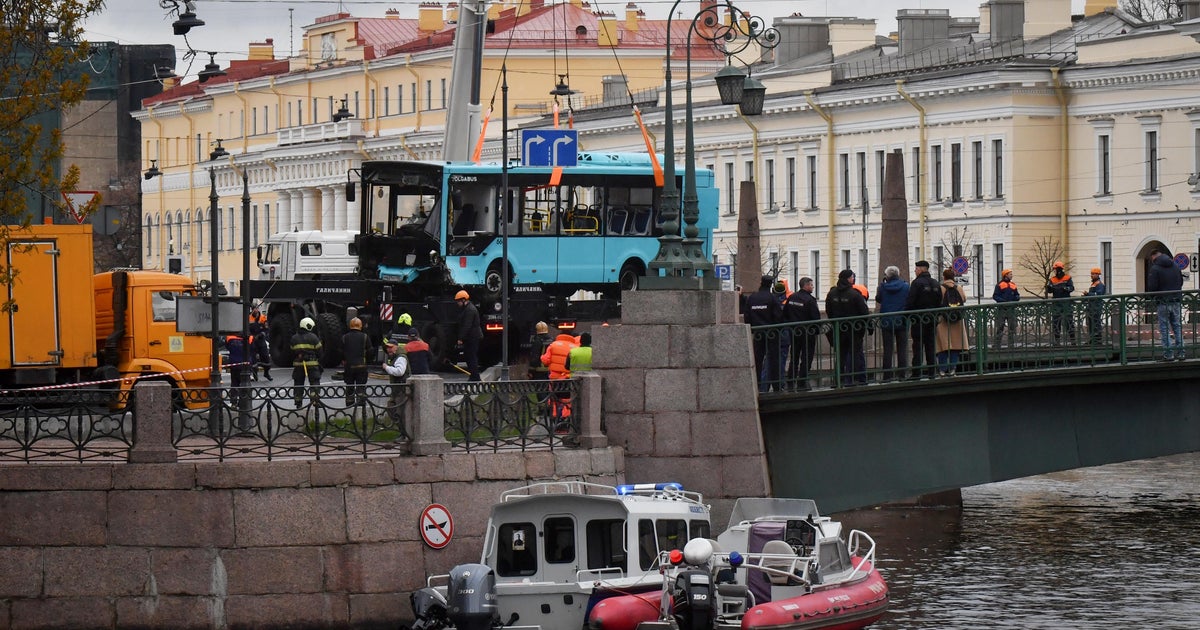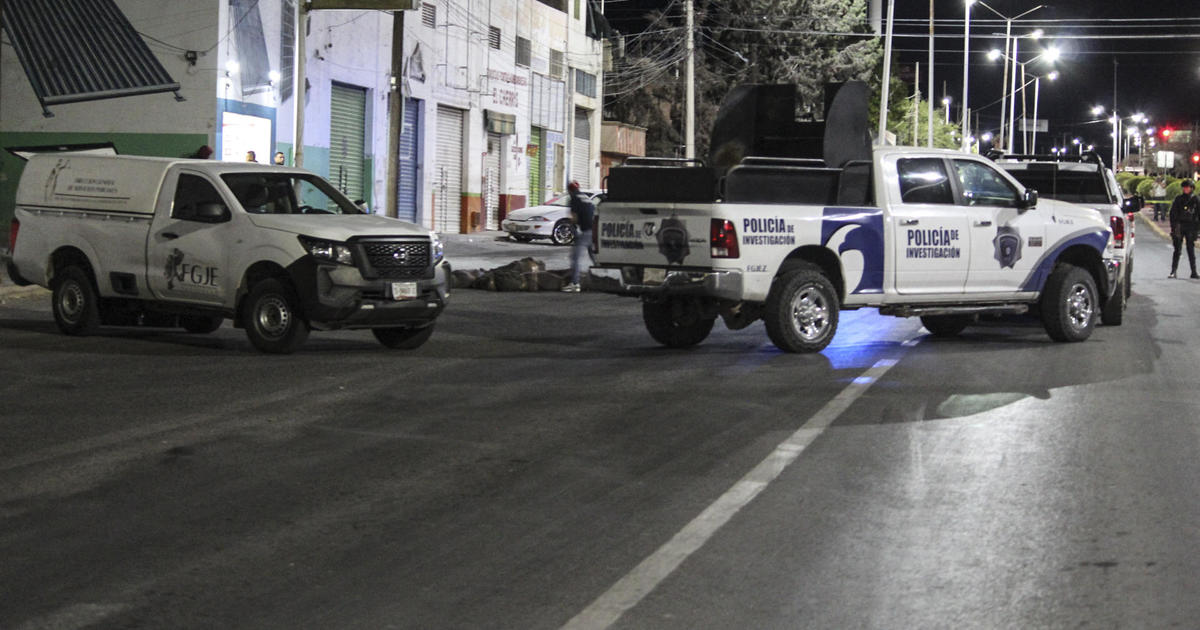As Investors Put Their Faith in the Rally, Can the End Be Far Away?
The stock market is famous for climbing a wall of worry after a bear market. Economic and corporate news continues to be awful, yet share prices shrug it off.
After reaching the top and surveying the grand vistas of prosperity, the market then descends a slope of hope. Some or all of the earlier progress is undone, even as the news becomes noticeably brighter.
In a recession like this, the worst in more than 70 years, the wall of worry can seem like the north face of the Eiger. The major averages have soared 40 percent or more amid the gloomiest earnings, employment and housing data in recent or not so recent memory.
So far, so good, but various indicators suggest that the summit is in sight, and even after the brutal bear market of the last couple of years, it's a long way below. One analyst who follows a wide array of measures designed to track investor sentiment warns that anyone who has not yet left the base camp may be better off waiting until prices come back down to earth before attempting an ascent.
Gauges of the public's mood, including surveys of professional opinion, investment flows into the market and expectations of volatility inferred from stock option prices, showed extreme skepticism during most of the rally that began in March, after stocks reached a 12-year low. Because these are contrary indicators - the more bullish investors are, the more likely stocks are to fall and vice versa - the readings, highlighted in earlier columns here and here, served as buy signals.
The tide appears to be turning. Peter Lee, chief technical analyst at UBS Financial Services, points out that recent readings on several measures display a sudden willingness among investors to believe what they see. The ratio of bulls to bears in the Investors Intelligence survey of newsletter editors is approaching its highest level in nearly a year, and the CBOE Volatility Index, where low numbers are a sign of calm and optimism among investors, has collapsed into the 20s after reaching a record high above 80 during the panic last fall.
End of the World - or Not
"Investors are swinging from outright pessimism, predicting the end of the world, and switching to the bullish camp," Lee observed. "We think the Street is going to be so enthusiastic that sentiment numbers will overshoot to an extreme reading again, and that could produce another downdraft."
He's not advocating trading all your stocks in for canned goods and a shotgun. Signs of outright bullishness are not there yet, leaving open the chance that share prices could creep up the wall of worry to the tune of an additional 5 to 10 percent, in his view.
Lee expects the market to run into heavy selling before the Standard & Poor's 500-stock index makes it past 1,000, around where it stood on Election Day. The index, which has been hovering around 900, could fall to between 740 and 800 later in the year, he predicts.
"That's a neutral call," he said, factoring in the potential gains and losses. "Ask any trader out there and he'll tell you he wouldn't place a trade unless there's a 2-to-1 ratio of reward to risk."
If he's right, investors will confidently, optimistically watch their money vanish as they rappel down the slope of hope. Eventually, maybe in the fall, when markets often hit significant lows, sentiment readings are likely to reverse course again as investors who made the wrong decision one ore time give up on stocks.
"The next sell-off could surprise them and that could be a lasting bottom," Lee predicted. "The majority of investors are wrong at major pivot points. They're bullish at the peak and bearish at the trough."




